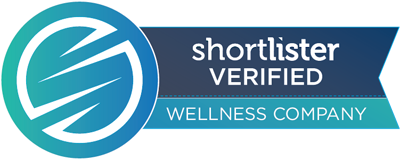Sprout’s acquisition of health analytics company Vivametrica is part of our ongoing investment in predictive analytics to deliver personalized, scalable wellbeing solutions for our clients. To understand the power of leveraging quantifiable measures and applying population health methods to organizations and groups of individuals, let’s look at the history and importance of HRAs.
Health Risk Assessments (HRAs) give individuals, health care providers and organizations valuable information about future health status. Recommendations, policies and proactive measures can be put into place based on HRA data, making them important tools for helping to improve population health.
Traditionally, HRAs have relied on self-reported questionnaires and lab data. While in theory this methodology provides an accurate assessment of individual health, barriers exist that diminish the usefulness of the data for both individuals and organizations.
Traditional HRAs are:
As a result, traditional HRAs have a lower compliance rate combined with static data, thereby limiting the ability to reach an entire population or provide real time recommendations.
Sprout’s HRA
Feedback is most valuable to individuals and organizations when it can be delivered as quickly as possible. Sprout’s HRA (powered by Vivametrica) leverages the data provided by personal wearable devices, ensuring a rapid and ongoing delivery of information. Using Vivametric’s extensive data analytics experience, combined with the information available from wearable technology, our HRA solution creates an incredibly accurate passive HRA that provides prediction for multiple chronic illnesses and longevity. Why passive? By harnessing the data provided by wearables, the barriers to data collection that limited traditional HRAs have been removed. Once consent has been granted, the HRA can continue to update in the background as new data continuously flows in, providing real time insights for individuals and organizations without the time, cost and inconvenience of traditional HRAs.
Analytics and Engagement
At Sprout, our goal is to improve the health of populations, whether that population consists of employees within a company or insurance policy holders. By being able to measure individual health and generate aggregate data we can provide personalized guidelines for individuals and health benchmarks for organizations. Combining quantifiable measures and an engagement platform brings personalized health insights for individuals and a method for improvement. Organizations gain a critical understanding of their population’s health which can impact productivity within the workplace, health care costs, and EAP services. Through Sprout, a more engaged population, informed by continued communications and empowered by feelings of alignment within the workforce, creates a positive net effect on business and mental health outcomes.
The Future of Wearable Health Devices
The future of wearables devices is evolving rapidly. Technological advancements means wearable sensors will increasingly become a part of our everyday experience, integrated into our clothing and accessories and harnessing increasing amounts of data. Essential to this exponential growth in data collection will be the ability to make sense of this influx of information in order to provide actionable insights and value to individuals and organizations. Sprout’s HRA solution and ongoing platform development will help lead the way for improving both individual and organizational health with increased precision and personalization.
